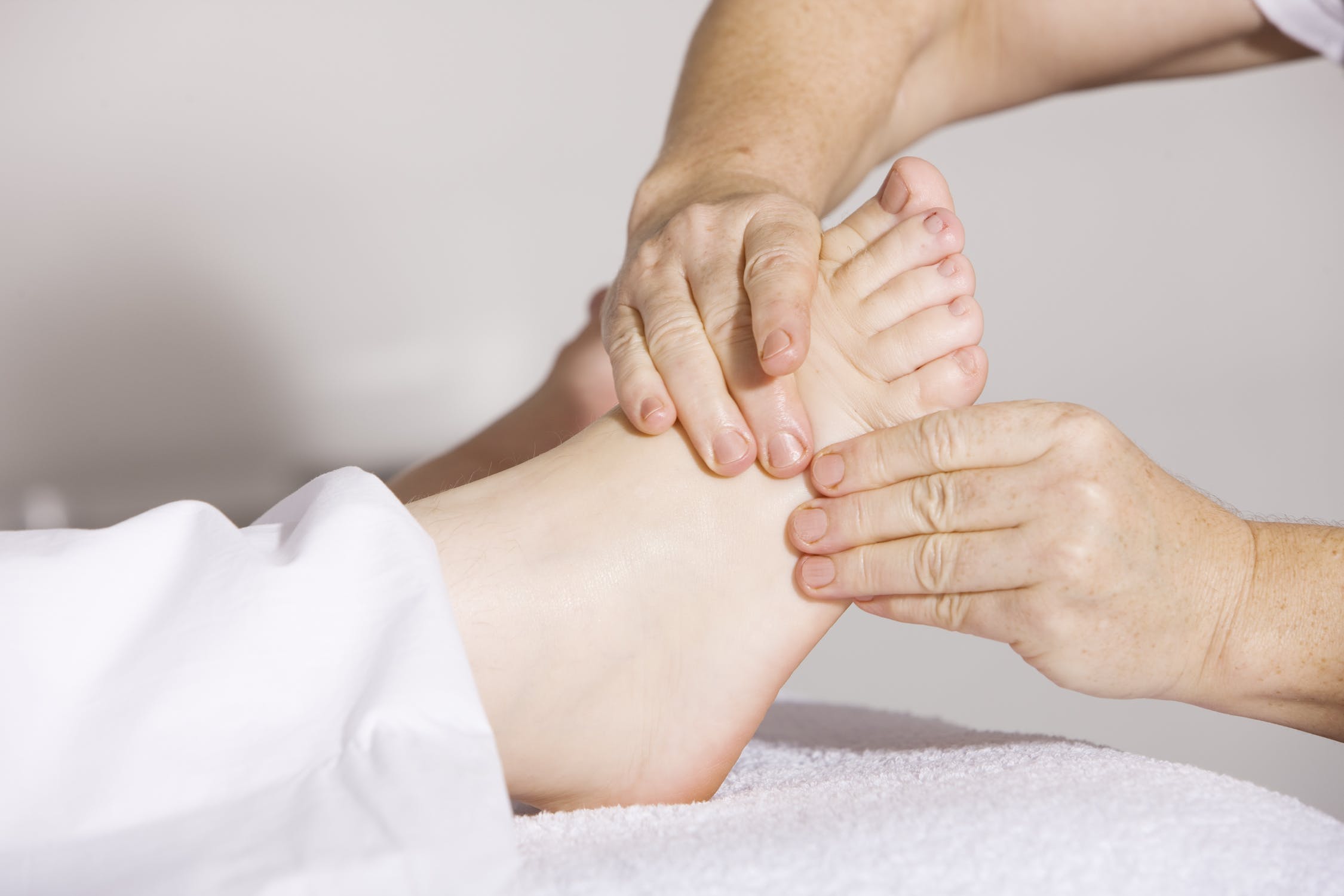
A life-changing foot rub in 10 minutes or less
Feet are not my favourite thing to work on. Especially here, in the land of perpetual flip-flops where feet tend to be particularly grubby. But there are times when working on feet is absolutely going to be the key to getting someone back into good shape. I had one of those sessions the other day, and as I was working on said Hobbit feet, I started thinking about foot rubs and how often well-meaning people give really bad foot massages.
You know the ones; they are ticklish, or vaguely creepy. But if you know what you are doing, you can reset someone’s posture, release old injuries, relax the body and energize meridians relatively quickly.
In the Specialized Kinesiology world, we know that there is a lot of information and processing happening at the ‘ground level’ (he he he). From proprioceptors to the ability to ground by running electricity back in to the earth, feet do many important things for your health. If you can reset these systems, you have a direct effect on the rest of the body.
Stimulate the gait
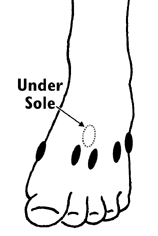
There are spots on the tops of the foot between the bones called gait points. Gaits are reflexes that “automatically organize the contralateral muscles needed to walk and run. When these reflexes are disturbed by muscle reactivity, there is always a loss of coordination in contralateral activities.” (Energetic Kinesiology, Principles and Practice, Krebs and McGowan). These were points that George Goodhart found useful in balancing the pattern of facilitation and inhibition that needs to happen in order to walk in a smooth and coordinated way. If these points are ‘off’, it can make you feel unbalanced, tired when walking, interfere with coordination, or on a more metaphorical level, can mean problems with moving forward or changing direction. These points are usually pretty tender, so use caution.
After warming the individual up with some nice massage strokes, you can stimulate the gait points by rubbing them with a relatively firm pressure for 10 seconds or so each. Holding under the ball of the foot while doing this makes the points a little less sensitive and reduces your chances of being kicked in the face.
Foot pads
Underneath the balls of the foot and along the lateral side of the foot and lateral part of the instep are the foot pad sensors. Basically, these send information via a couple different kinds of proprioceptors to the brain about how you are walking and how your weight is distributed. Think about the way your body automatically changes position when you are walking down a hill in order to keep the rest of your body upright and straight, despite what your feet are doing. If your foot pad sensors are ‘off’, the body might be compensating physically in strange ways, throwing off the entire body alignment and causing pain in knees, hips, shoulders, neck, etc.
To reset the foot pad sensors, grasp under the ball of the foot and pull up firmly towards the base of the toes. This is a deep touch, not just moving the skin; if you do it right, there’s a moment where it feels like the sensors sort of melt into place. It’s hard to describe, but you’ll know it when you feel it! Do the same on the sides of the foot, pulling outward.
Work that Talus
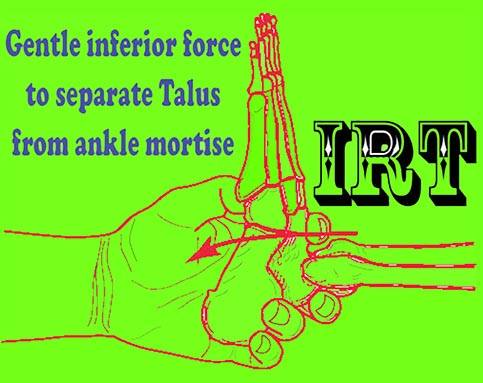
There is a technique well known in the Applied Kinesiology world called Injury Recall Technique. The basic premise is that we store information from past injury and trauma and that working with the talus bone in the foot can be a key to clearing the injury-memory from the body, allowing it to finally heal properly. There is a whole procedure of how to test muscles while contacting the area of injury and working with the head in extension, etc, but that’s outside of what we are doing here – we’re just here for the feet. One of the basic movements involved in the correction has the practitioner grasp around the foot at the ankle and use a gentle downward rocking movement to create some space (see photo). This gentle movement can help the body to reset. If you are interested in learning more about IRT, there are lots of videos on YouTube.
Free the fascia
With the individual’s heels on the table, gently push anteriorly (towards the head) on the balls of the feet and repeat the movement about 50 times. (You’re doing this fairly quickly, so it will only take a minute.) Ideally you will see their head start to nod along with the movement. This helps to reset and relax the fascia – the lining that covers and connects all of the musculature. If the fascia relaxes, muscles can too. If it doesn’t, no dice.
Meridian Massage
You have many meridian start and end points on the feet. Starting with the big toe, the medial side is the beginning of the Spleen meridian, the lateral side is the beginning of the Liver meridian. The Stomach meridian ends on the second toe. The Gall-Bladder meridian ends on the fourth toe, the Bladder meridian on the little toe (you know, the one that goes ‘wee wee wee all the way home?’). The Kidney meridian begins under the ball of the foot on the sole. Stimulating these points gently can help the body bring balance to the flow of energy between channels, even without muscle testing first to see the status of each meridian.
In conclusion
Between the movements you are also going to do some nice kneading movements and such so that it feels good of course, but including these few elements ensures that you are making a real difference to someone’s health, balance, energy levels, etc. They will leave you feeling light on their feet, more coordinated and relaxed.
The downside is that you’ll end up working on more feet.
Be Amazing,
Alexis
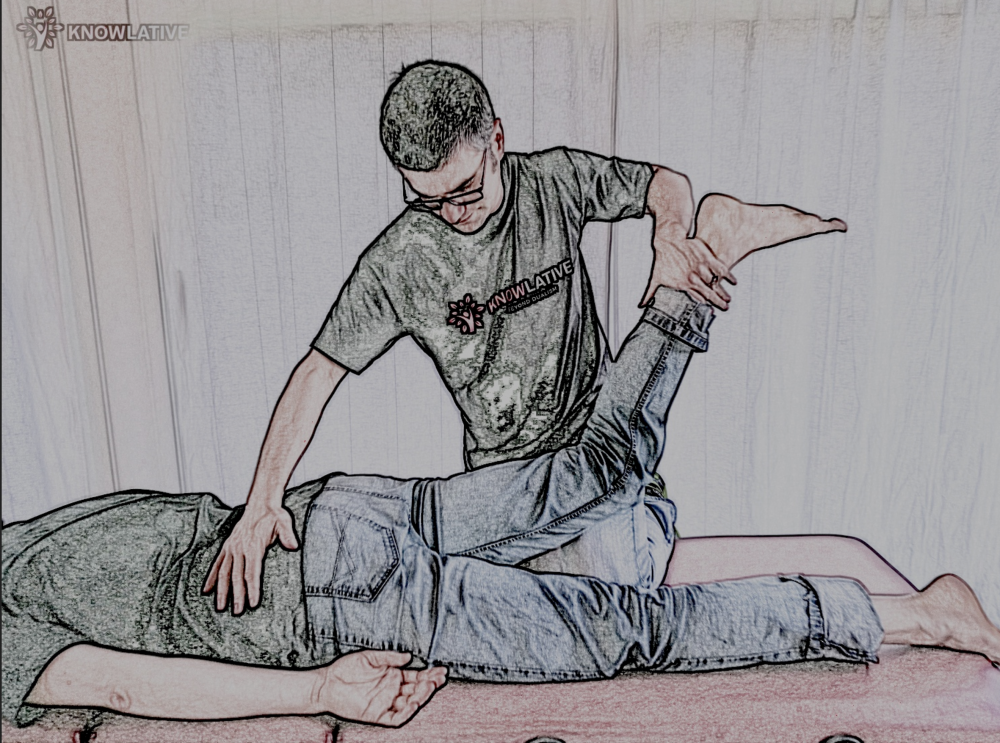


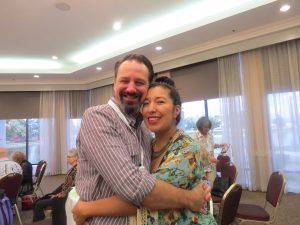
2 Comments
Robert Frost
This works really well:
If there is a presenting problem, stimulate it = weak indicator muscle.
Then while continuing to stimulate it, find spots on the feet that eliminate the weakening.
Massage these to help with the presenting problem.
admin
Thanks for the additional suggestions and for reading!